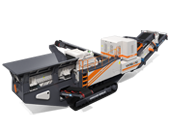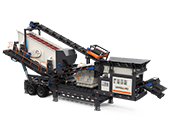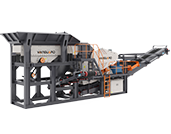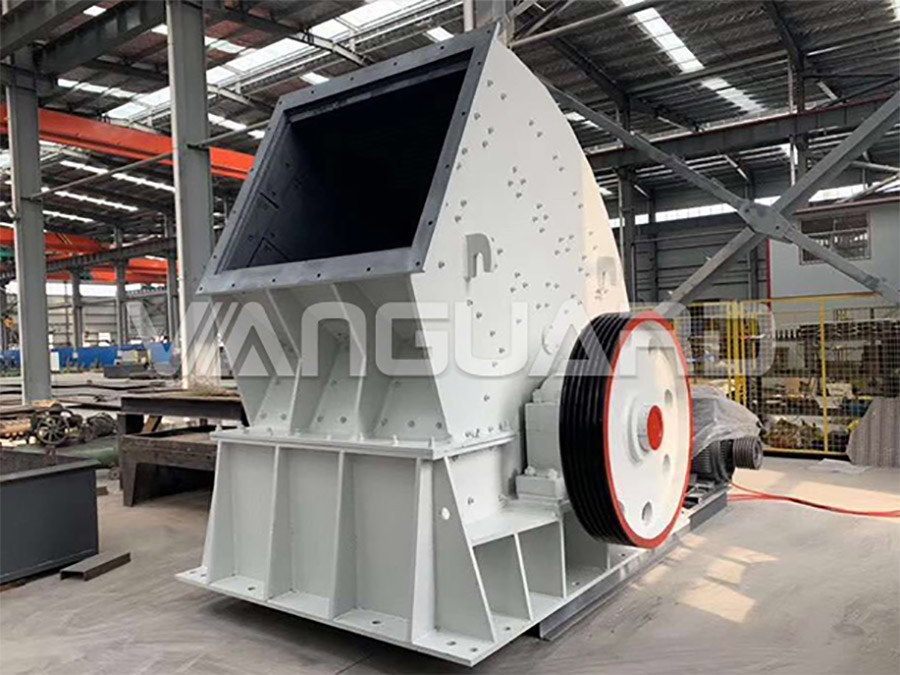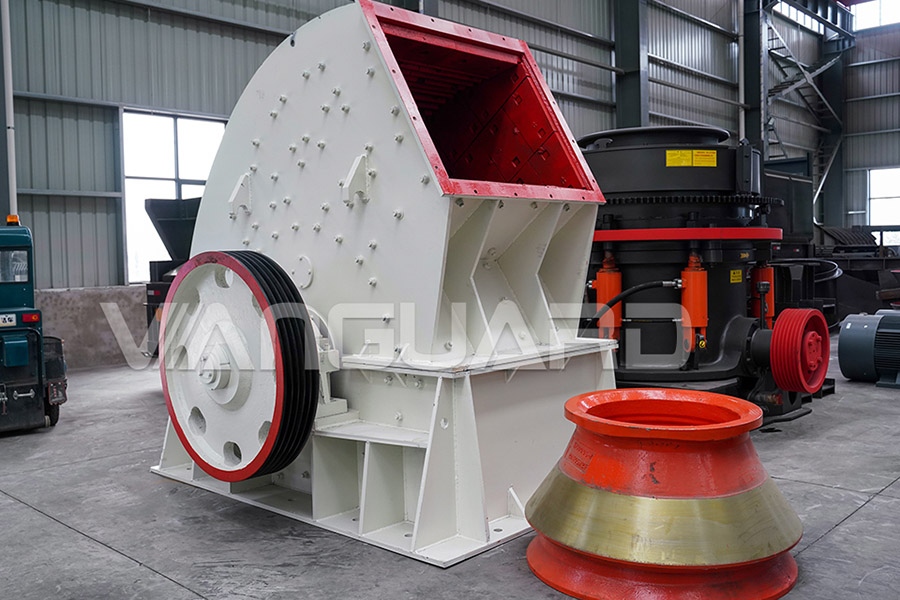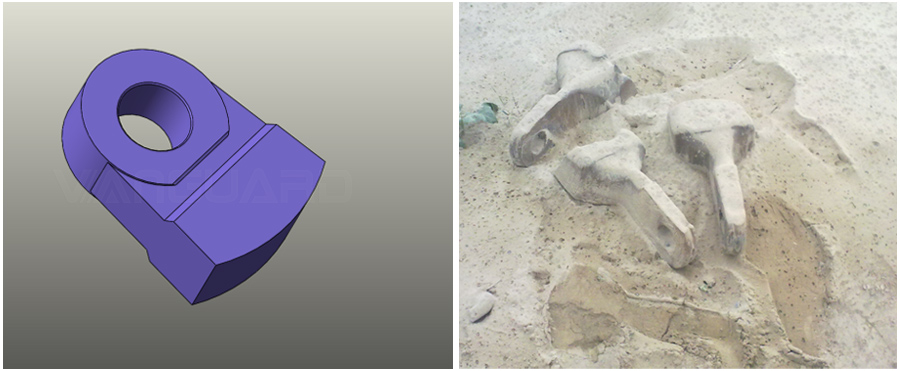The hammer crusher is a kind of common crushing equipment. It mainly crushes materials through high-speed rotating hammer heads. It is suitable for crushing brittle and medium-hard materials, such as limestone, coal, ore, etc., because of its large reduction ratio with the advantages of uniform particle size, it is widely used in many fields such as mining, construction, metallurgy, chemical industry, energy and environmental protection. Under harsh working conditions, hammer crushers are prone to various failures. In order to ensure the normal operation and production efficiency of the equipment, it is very important to master the correct handling methods for the common faults of the hammer crusher.
Introduction to common faults of hammer crushers and their treatment methods:
Fault 1: The hammerhead is worn or damaged
Reason: The hammer head may be worn or damaged if it is used for a long time or encounters too hard materials.
Solution:
Regularly check the hammerhead and replace it in time according to the degree of wear.
Use hammerheads that meet the specifications and types, and avoid using inappropriate hammerheads.
Avoid too large or too fast the impact to reduce the wear of the hammerhead.
Fault 2: The machine is blocked or vibrating
Reason: The material that exceeds the processing capacity of the crusher enters the crushing cavity, or the too-hard material enters the crushing cavity this may cause equipment blockage or severe vibration.
Solution:
Control the feed size to ensure that the material will not be too large or too hard
Ensure that the material is dry and will not block the grate of the hammer crusher.
Regularly clean up the accumulated materials in the crushing cavity to avoid excessive accumulation and blockage.
If the equipment is clogged or vibrates, it should be stopped immediately for inspection, to clean up the clogged material, and to repair possible faults.
Fault 3: Bearing overheating
Cause: Caused by poor bearing lubrication or overload operation.
Solution:
Check the lubricating system to ensure that the lubricating oil is sufficient and flowing normally.
Check the bearings for damage or excessive wear, and replace them if necessary.
Fault 4:Excessive equipment friction and damage to parts
Cause: Insufficient lubricating oil or failure of the lubrication system may cause excessive friction of the equipment and damage to parts.
Solution:
Regularly check the lubrication system to ensure that the lubricating oil is sufficient, and replace the lubricating oil whose service life has expired in time.
Check whether the components in the lubrication system are operating normally, and repair or replace them in time if any fault is found.
Fault 5: Transmission fault
Reason: The belt, pulley and other parts of the transmission device may be worn, broken or loose, resulting in the abnormal operation of the equipment.
Solution:
Regularly check the state of the transmission device, paying special attention to the wear of belts, pulleys and other components.
Replace worn or broken transmission parts in time, and ensure that the transmission device is fastened and reliable.
Fault 6: Unbalanced equipment
Reason: The unbalanced equipment may be caused by improper installation, unstable foundation or material accumulation in the crushing cavity.
Solution:
Ensure that the equipment is properly installed and leveled, and adjusted correctly according to the operation manual.
Regularly clean the accumulated materials in the crushing cavity to avoid affecting the balance of the equipment.
Fault 7: Motor failure
Cause: Motor overload, poor electrical contact or other circuit failures may cause the motor to run abnormally or fail to start.
Solution:
Check the running state of the motor to ensure that the motor load does not exceed the rated value and avoid overload operation.
Check electrical connections to ensure good contact and repair bad contacts or other circuit failures.
Please note that when dealing with the above faults, please cut off the power first, take safety measures, and follow the maintenance guidelines in the equipment operation manual. If the fault cannot be resolved or a more in-depth diagnosis is required, please seek help from professional technicians to ensure the normal operation and safe use of the equipment. In addition, regular maintenance and inspections are also essential to reduce failures and extend equipment life.

